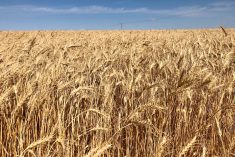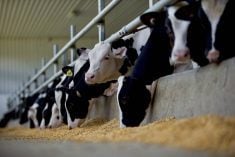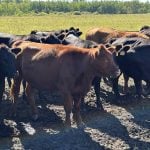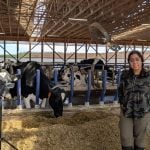Feeder cattle prices were steady to $2 higher on average across Western Canada last week. Feedlot demand was healthy for all weight categories with lighter calves moving into custom backgrounding operations.
In southern Alberta, a group of 220 large-frame Charolais-cross steers averaging 805 pounds sold for $136 per hundredweight (cwt). On average steers weighing 700 to 800 lbs. brought back $135/cwt; 800- to 900-lb. yearling steers sold for $130 while 900- to 1,000-lb. cattle traded at $125/cwt. Alberta packers paid up to $104 for slaughter cattle, which was the same as seven days earlier. U.S. feeder cattle prices were down $3-$6/cwt last week due to the stronger feedgrains complex. For example, steers averaging 824 lbs. sold for $129 in Oklahoma.
Read Also
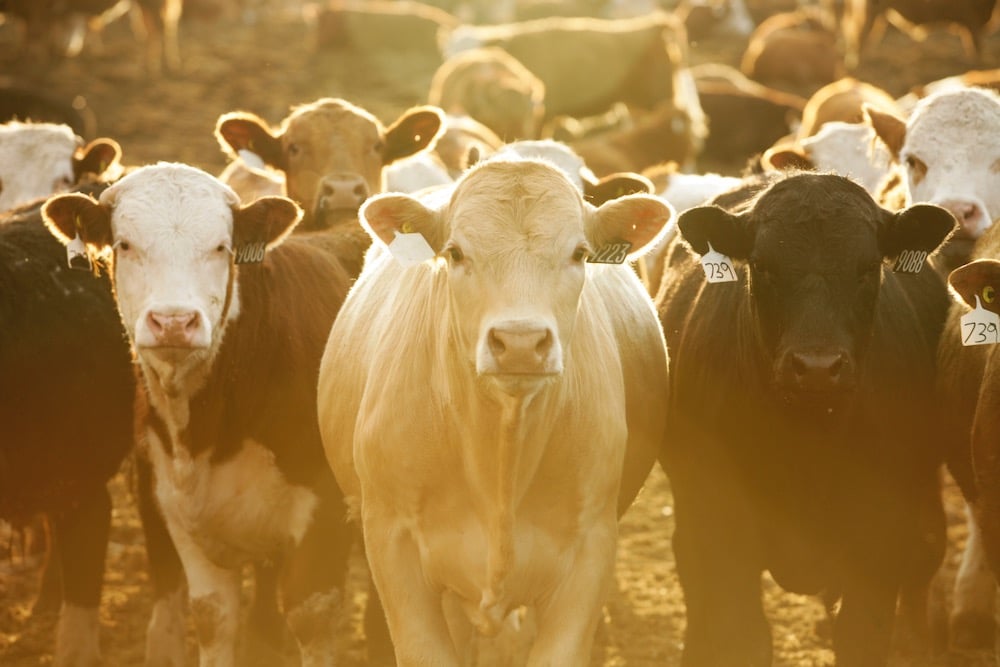
U.S. livestock: Cattle futures drop on Trump call for lower prices
Cattle futures on the Chicago Mercantile Exchange dropped sharply on Wednesday, reacting to comments from United States President Donald Trump…
Despite the adverse spring weather, feed wheat supplies will be down sharply in comparison to last year now that harvest has moved into full swing. Statistics Canada estimated the barley crop at 8.3 million tonnes, up from 7.6 million in 2010 but Western Canada will still be deficit feedgrains in the upcoming crop year. Feedlot margins are hovering near break-even and the potential for higher barley values has limited the upside in the feeder market for the short term.
Canadian cattle inventory as of July 1 was 13.87 million head, down 0.8 per cent from last year. Beef cow numbers were down 2.1 per cent but heifers for beef replacement were actually up 6.7 per cent. Canada’s cattle industry appears to be in the beginning expansion phase, which is a positive signal longer-term. The 2011 calf crop will likely be down two per cent in comparison to 2010. A lower calf crop along with moderate heifer retention will keep supplies rather tight into the spring of 2012.
— Jerry Klassen is a commodity market analyst in Winnipeg and maintains an interest in the family feedlot in southern Alberta. He writes an in-depth biweekly commentary, Canadian Feedlot and Cattle Market Analysis, for feedlot operators in Canada. He can be reached by email at [email protected] or at 204-287-8268 for questions or comments.






